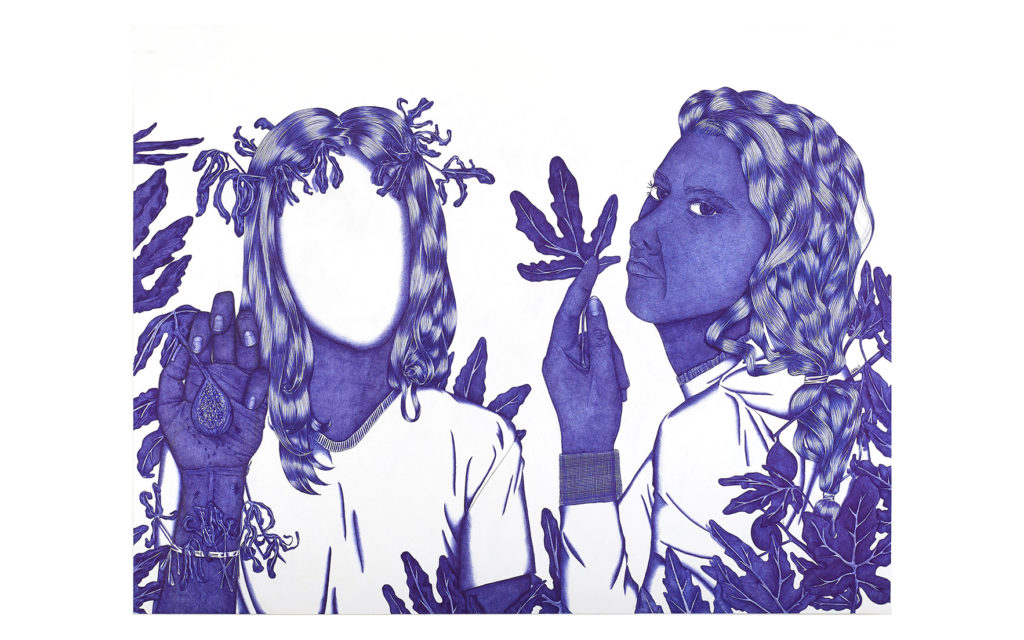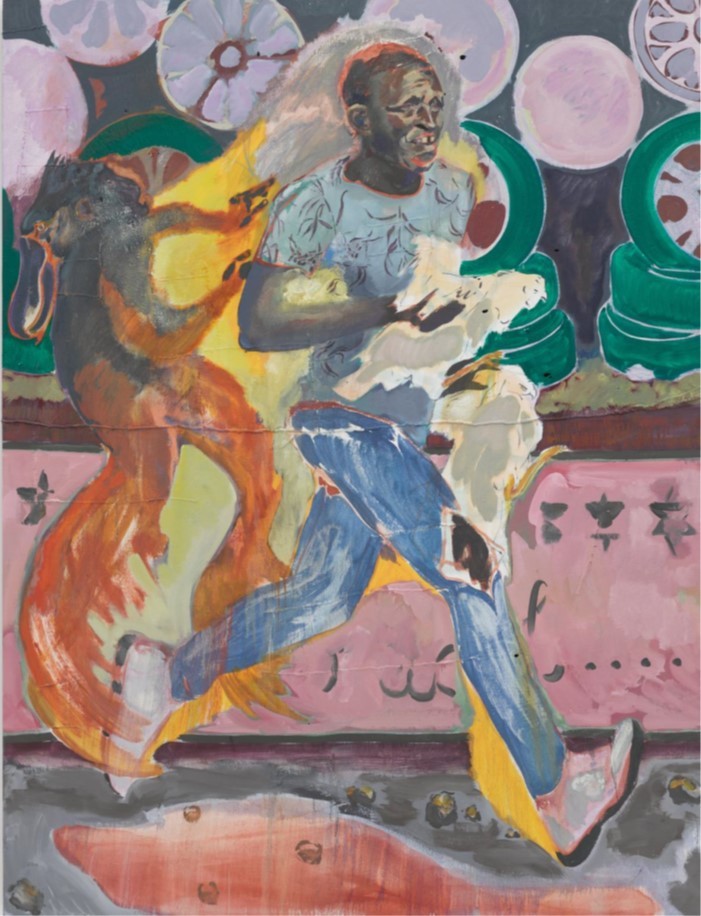Contemporary African Art
Contemporary African art is still highly underrepresented and misunderstood in the Western world. Drawing inspiration from traditional African artistic practices, contemporary African art is transformed by globalization. The mixture of traditional and contemporary elements remains one of the main characteristics of an art genre that is (despite many attempts) impossible to categorize.

Check our upcoming events selected for you:
History of Contemporary African Art
Contemporary African art is an art of upheaval and modernization. It usually encompasses art made in postcolonial times, but some believe that art by all African artists born after 1970 falls under the category. The term refers to art from Sub-Saharan Africa that is vastly different from the art made in Europe and the Middle East-influenced northern part of the continent.
Artists who grew up in the 1970s have developed a much different expression than their predecessors because this was the time of optimism and liberation, the period when many African nations declared independence from their colonial rulers. Contemporary African art depicts this exciting period. Artists deal with an array of issues affecting life in the postcolonial era, including public health, income inequality, and national identity.
Before decolonization, the Western view of African art was mostly collective, the art pieces were seen as collective efforts produced by tribes. It wasn’t until the 1980s that the public in Europe and the US began to discover individual artists from the African continent. The 1989 show at the Parisian Centre Pompidou entitled Magiciens de la terre is a pivotal event in that sense. Many believe that this exhibition specifically sparked an interest in African and other non-western artworks.

African Art and Afropolitanism
Unlike traditional African art that was developed independently, without any foreign influences, contemporary African art represents a mixture of African aesthetics and international contemporary art. Like any other contemporary art, the art of Sub-Saharan Africa is shaped by globalization, as artists skillfully combine traditional African iconography with Western art genres. One such example of the mixture of influences is the remaking of traditional African sculpture, but with recycled materials. Another is painting human figures by reinterpreting Western ideas of figuration.
Since the media and the Internet played a huge role in Africa’s embracement of globalization, (enabling interaction and communication with other cultures), it’s not surprising that some of the finest African artists of today, also draw their inspiration from media news and outlets. Apart from the media, the lowering travel expenses also helped African artists get in touch with other cultures. Many contemporary African artists spend time away from the continent mostly in Europe and US, aiming to absorb the variety of influences and inspirations and incorporate them in their work.
Those who stayed in their homeland would experience globalization differently. By living in one place their entire life, they got to witness the way globalization and foreign influences changed their home country. Some of the most powerful African artworks of today carry powerful statements about the mutual influences of globalization on the local culture. In order to elaborate on this unique mixture of traditional African roots and globalization, the term Afropolitanism was coined.

Notable artists:
Michael Armitage
Contemporary African art has spawned many globally recognized artists. Michael Armitage is a Kenyan artist who is in the spotlight right now because of his upcoming show at the Royal Academy of Arts in London.
His paintings reflect on a multitude of narratives that draw inspiration from Internet gossip, but also historical and current media events. Most of his works are painted on a traditional cloth called Lubugo, which takes days to produce and whose texture reveals small holes and coarse indents when stretched. The center of his practice is the visual iconography of East Africa.
The artist depicts vegetation and animal life, but also landscapes and cityscapes and the architecture and advertising. All the elements that constitute modern life in Kenya. Beneath the dreamlike surface, his images portray current issues in the country including political and social unrests, income disparities, sexuality, and violence.
Eddy Kamuanga Ilunga
Coming from the Democratic Republic of Congo, the painter of the country’s transformation, Eddy Kamuanga Ilunga, examines the influence of globalization on the continent’s 3rd most populous country. The conflict between tradition and globalization is frequently conveyed by depicting human figures mourning the disappearance of the traditional Congo culture. The history of slavery is explored through pottery and porcelain, often used by colonial Portuguese traders. The history of the Kongo Kingdom and colonialism are also recurrent topics in his works.
Amoako Boafo
Artist from Ghana, Amoako Boafo had made a name for himself by creating slightly abstract portraits of people he knows and those he admires. Black figures are often painted on a monochrome background, not to distract from the portrait itself. The artist’s unique style includes using fingers as tools for painting as well as thick and gestural brushstrokes.
The poses are calm and composed, skin glossy and the gaze focused firmly on the viewer. A fashion enthusiast, Amoako, portrays his characters with all the popular hairstyles and branded outfits drawing attention to their style as much as to their personality. Recently the African painter collaborated with the fashion house Dior that incorporated his finger painting technique into their clothing line.

Book your Ticket for an Online Lecture on Contemporary African Art
Contemporary African Art is far too extensive and complex to fit into one blog post. If you want to know more about African art and the works of these outstanding African artists join our online event about Contemporary African art. Our expert speaker, Bojana Popovic will discuss the works of artists, whose inspiration is drawn from African roots and personal histories, with a special focus on how the popular artists of Africa are helping dissolute stereotypes about black art. For the fans of contemporary art, this can be a perfect opportunity to learn about art practices, cultures, and historical narratives that are still highly unknown in the West.

Leave a Reply